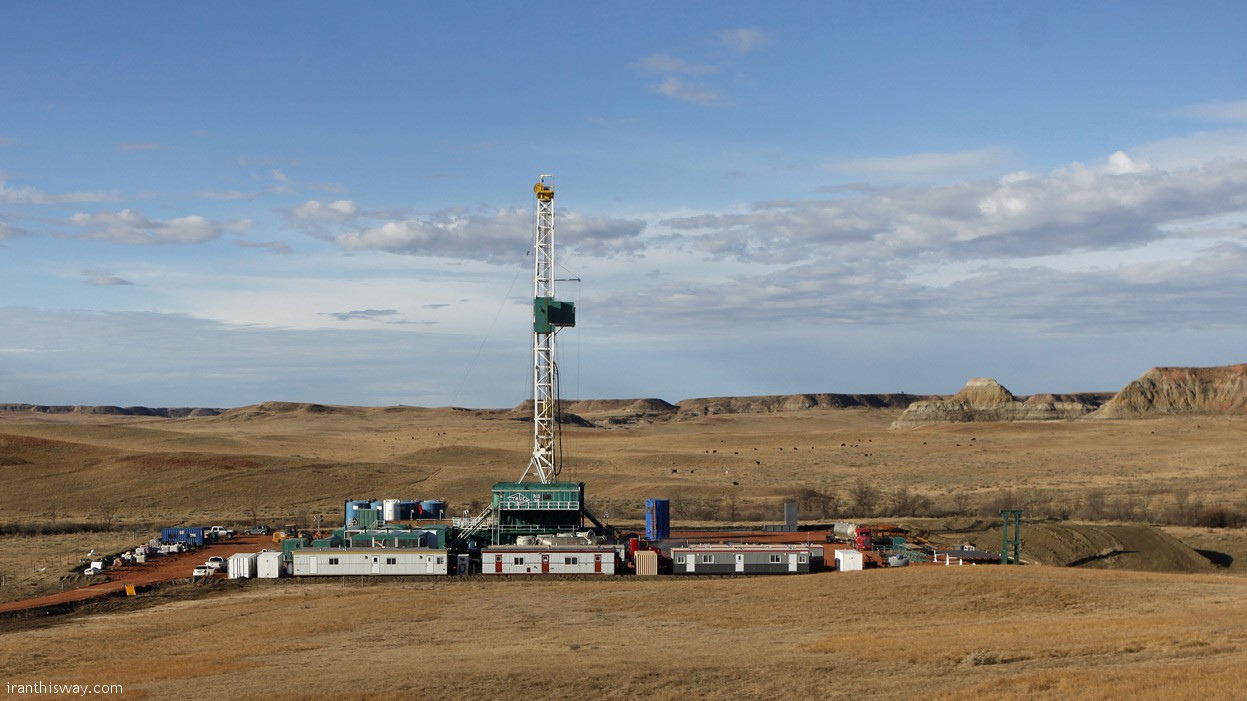Negotiations are underway with Iraq to develop three joint oilfields together. Oil Minister Bijan Namdar Zanganeh said on Tuesday.
“As soon as talks produce the desired results, and based on a master plan, the oilfields in Kermanshah and Khuzestan provinces will be developed by one contractor,” Zanganeh was quoted as saying by ILNA, revealing the framework of a rare plan of action with the Arab country.
Pointing to the talks with Iraqi oil officials, he said, “The two sides need more time to make their share of the joint oilfields clear. After that the two countries can either sell and/or buy each other’s share.”
The two neighbors share 6 oilfields namely Azar, Dehloran, West Paydar, Naft-Shahr, Azadegan and Yadavaran.
“Iraq’s Badra Oilfield in Wasit Province of eastern Iraq near Ilam Province in Iran, is being developed by Russia’s Gazprom,” the minister said, noting that the NIOC is also in talks with the same firm to develop the second phase of Azar Oilfield as Iraq has already provided the company with information about the fields’ reserves and geological structure.
Iraq is in talks with Exxon Mobil and PetroChina about investing in a multi-billion-dollar project to boost output from the Luhais, Nassiriya, Tuba, Nahr Bin Umar and Artawi oilfields. According to Zanganeh, although expansion of the major oilfields namely Azadegan and Yadavaran, located in Khuzestan, top the National Iranian Oil Company’s list of priorities, plans call for expediting the development of smaller fields in other provinces.
Highlighting the start of first phase of production from Azar Oilfield in Ilam on Tuesday, the minister noted that the field’s recovery rate is 16%.
“Regarding the field’s in-place oil reserve, estimated to be 4 billion barrels based on the latest surveys, 1% increase in the recovery level means $2 billion in extra revenues.”
Criticizing those who oppose new investments to develop the fields and boost their recovery rate, the minister said “investment returns on such ventures are high enough” and it is for this reason that the NIOC believes “parsimony in such projects is not justified and can lead to financial loss.”
On the tender for selecting contractors for developing the South Azadegan project, one of Iran’s most-prized oil projects, the minister the tendering companies have been shortlisted and the tender will be held soon. He did not provide details.
Azadegan Oilfield in the southern oil-rich province of Khuzestan is one of Iran’s largest oilfields that it shares with Iraq. The field, which is divided into the north and south sections, holds an estimated 33 billion barrels of in-place oil.
Output Cap
Asked about Iran’s crude production in 2017, Zanganeh stressed output cap will be held at 3.8 million barrels per day in the second half of 2017, provided other OPEC members stick to the output levels they agreed in November.
“If OPEC members remain committed to the agreement on freezing output, Iran will produce 3.8 million bpd of oil in the second half of the current year,” Zanganeh said.
The Organization of the Petroleum Exporting Countries agreed on Nov. 30 to cut output by 1.2 million bpd to 32.5 million bpd for the first six months of 2017, in addition to 558,000 bpd of cuts agreed to by independent producers such as Russia.


